A suckler cow has one sole unit of output and that is her calf. In dairying, milk is the primary output and the calf is secondary. If the calf dies, the dairy cow is still generating a daily income through milk sales.
Profitable suckler cows need to produce a calf every 365 days, or as close to this as possible. This is not easily achieved, but there are a number of suckler producers who do hit this target every year. Having a cow that calves every 12 months is different to a cow that calves every year.
A cow calving every 12 months produces a calf around the same time, in the same month for every year she is retained in the herd. A cow calving every year sounds ideal, but the animal may well be slipping back in calving date every year that she is retained in the herd. The national average calving index, according to ICBF, is 395 days, which means a cow is calving every 13 months.
To put this in perspective, if the cow is calving on 1 March this year and she maintains a 395-day calving interval, she will calve on 1 April 2015 and 1 May 2016. The cow is still calving every year, but not every 12 months. There are plenty of instances where cows calve every 15 months. This means that the cow is producing four calves over a five-year period.
At an annual outlay of €750, it will cost the cow’s owner €3,750 to retain this animal in the herd over this five-year period.
The four calves produced would have needed to average €938 per head to break even. There is every likelihood that such a cow will die in debt as she is producing increasingly lighter weanlings each year.
Herd fertility
Cow fertility can all be controlled by the herd manager. It can be influenced by:
Managing the cow’s body condition right through the year.Ensuring that the cow’s nutritional demands are being met.Improved herd health as diseases such as BVD and Lepto reduce conception rates and the number of calves born annually.The most important part of the suckler cow diet is energy. The most important part of the cow’s production cycle is the six-week period before calving and the six-week period after calving. This is when demand for energy is at its greatest and cow body condition is crucial.
Once calved, a suckler cow has three basic priorities:
Produce milk to rear the calf.Maintain body condition.Go back in calf.Producing milk is the number one priority for the cow after calving. Getting back in calf is her lowest priority, but needs to be top of the herd manager’s agenda.
Achieving a 365-day calving interval
To get a cow calving every 365 days requires a high level of herd management. There is a very narrow window of opportunity to get the animal calved and re-bred. Figure 1 outlines the timeline in a cow’s production cycle which can be broken into three parts:
The gestation period when the cow is pregnant.The anoestrus period occurs immediately after calving, when no cycling activity occurs.The oestrus period is when the cow has come back into heat and the cow is cycling.Gestation period
Early gestation
A suckler cow is in calf for approximately 280 to 290 days. During this period, management practices will influence herd fertility. In the early weeks of gestation, the cow will be increasing milk production, which places additional energy requirement on the animal’s diet.
Body condition score (BCS) plays an important role right throughout the production year and target condition scores are outlined in Figure 2. Increasing nutritional demand can lead to a change in cow condition. Cows should be served at a BCS of 2.5 to 3.0.
If there is not enough energy supplied in the diet, then the cow will start to mobilise her body reserves to make up the balance. At all costs, avoid any loss of BCS in the six-week period after breeding to reduce the chance of embryonic loss.
Where cows are being bred in late June, grass will have headed out and therefore has a lower feed value. Cows grazing this type of grass are at risk of not meeting their nutritional demand and, as a result, there is a higher risk of embryonic loss occuring.
Mid-gestation
Where grass quality is good, cows will hold body condition throughout the summer grazing period. This will be the case for early spring-calving herds. Early weaning of calves will allow cows to gain condition that can be used to reduce winter feed requirements.
Late spring-calving (May) herds will be midway through the gestation period in late autumn/early winter (November/December) when they are housed and on silage-based diets. Cows should be housed in a BCS of 3.0.
It is during this period that cows should have BCS gradually reduced over a 10-week period to 2.5 for spring-calving cows. If cows are housed below BCS 2.5, this period is when condition should be gradually increased.
Increasing a cow from 2.0 to 2.5 BCS is the equivalent of gaining 30kg to 40kg liveweight. This weight change should occur slowly over a 60- to 80-day period to avoid increasing the calf size. Thin cows should be weaned early to increase body condition.
Late gestation
Rapid weight loss in the final six weeks of pregnancy should be avoided as metabolic health issues can develop. Spring-calving cows should calve at BCS 2.5. Calving in the correct BCS helps with calving ease and maintains milk production. It also increases the viability of embryo production once the cow comes back in heat after calving. Feeding dry cow mineral for six weeks pre-calving is beneficial for cow fertility.
Anoestrus period
After calving, the cow has a period where there is no reproductive activity, known as the anoestrus period. During this time, the cow is recovering from the stress of calving. This period can last from 30 days to 100 days, depending on body condition, health, diet and calving ease.
To achieve a 365-day calving interval, the anoestrus period needs to be around 30 to 40 days. Thin cows at calving and calving difficulties such as caesarean section can prolong this period to 60 to 100 days.
If the cow is in BCS 2.5 and moved from a silage diet to fresh grazing, the increase in energy supplied from grass can shorten the period. Likewise, breaking the cow and calf bond by restricting the calf to suckling the cow twice daily will significantly shorten this period compared with unrestricted suckling.
Oestrus period
In a well-managed herd, a suckler cow will have the chance to cycle twice if a 365-day calving interval is to be achieved. Often in the first cycle, the duration of standing heat can be short, which makes heat detection difficult where AI is being used.
The stock bull, or teaser bull, can stimulate cows to display stronger heats. Timing of service is crucial if AI is being used. Cows should be served around 12 to 15 hours after they were detected in heat for the best chance of conception.
Maintaining the cow on a steady high-energy diet throughout this period is important, as is minimising stress levels. Keeping the cow on a steady diet for a six-week period after breeding is also important to avoid embryonic death.
Other factors
Do not forget about the bull. Make sure the bull is working by monitoring closely to ensure he is mounting cows correctly. Watch for repeats to detect any sign of infertility. Avoid carrying out routine management tasks like foot trimming immediately prior to the breeding period and ensure the bull is in good condition before the season takes off.
A young bull may require supplementation with concentrates during the breeding season, and cow numbers should be limited to a maximum of 20 for a young bull and 35 for a mature, proven bull. Having a high number of early-breeding cows means there may be too many cows coming into heat at once, so the cow numbers will have to be reduced for the bull to cover them all.
Calving ease is important to prevent difficult calvings prolonging the anoestrus period. But do not confuse calving difficulty caused by overfat cows with a hard-calving bull.
Often cows have too much flesh at calving but the stock bull is blamed, not the herd manager, for the feeding regime.
A suckler cow has one sole unit of output and that is her calf. In dairying, milk is the primary output and the calf is secondary. If the calf dies, the dairy cow is still generating a daily income through milk sales.
Profitable suckler cows need to produce a calf every 365 days, or as close to this as possible. This is not easily achieved, but there are a number of suckler producers who do hit this target every year. Having a cow that calves every 12 months is different to a cow that calves every year.
A cow calving every 12 months produces a calf around the same time, in the same month for every year she is retained in the herd. A cow calving every year sounds ideal, but the animal may well be slipping back in calving date every year that she is retained in the herd. The national average calving index, according to ICBF, is 395 days, which means a cow is calving every 13 months.
To put this in perspective, if the cow is calving on 1 March this year and she maintains a 395-day calving interval, she will calve on 1 April 2015 and 1 May 2016. The cow is still calving every year, but not every 12 months. There are plenty of instances where cows calve every 15 months. This means that the cow is producing four calves over a five-year period.
At an annual outlay of €750, it will cost the cow’s owner €3,750 to retain this animal in the herd over this five-year period.
The four calves produced would have needed to average €938 per head to break even. There is every likelihood that such a cow will die in debt as she is producing increasingly lighter weanlings each year.
Herd fertility
Cow fertility can all be controlled by the herd manager. It can be influenced by:
Managing the cow’s body condition right through the year.Ensuring that the cow’s nutritional demands are being met.Improved herd health as diseases such as BVD and Lepto reduce conception rates and the number of calves born annually.The most important part of the suckler cow diet is energy. The most important part of the cow’s production cycle is the six-week period before calving and the six-week period after calving. This is when demand for energy is at its greatest and cow body condition is crucial.
Once calved, a suckler cow has three basic priorities:
Produce milk to rear the calf.Maintain body condition.Go back in calf.Producing milk is the number one priority for the cow after calving. Getting back in calf is her lowest priority, but needs to be top of the herd manager’s agenda.
Achieving a 365-day calving interval
To get a cow calving every 365 days requires a high level of herd management. There is a very narrow window of opportunity to get the animal calved and re-bred. Figure 1 outlines the timeline in a cow’s production cycle which can be broken into three parts:
The gestation period when the cow is pregnant.The anoestrus period occurs immediately after calving, when no cycling activity occurs.The oestrus period is when the cow has come back into heat and the cow is cycling.Gestation period
Early gestation
A suckler cow is in calf for approximately 280 to 290 days. During this period, management practices will influence herd fertility. In the early weeks of gestation, the cow will be increasing milk production, which places additional energy requirement on the animal’s diet.
Body condition score (BCS) plays an important role right throughout the production year and target condition scores are outlined in Figure 2. Increasing nutritional demand can lead to a change in cow condition. Cows should be served at a BCS of 2.5 to 3.0.
If there is not enough energy supplied in the diet, then the cow will start to mobilise her body reserves to make up the balance. At all costs, avoid any loss of BCS in the six-week period after breeding to reduce the chance of embryonic loss.
Where cows are being bred in late June, grass will have headed out and therefore has a lower feed value. Cows grazing this type of grass are at risk of not meeting their nutritional demand and, as a result, there is a higher risk of embryonic loss occuring.
Mid-gestation
Where grass quality is good, cows will hold body condition throughout the summer grazing period. This will be the case for early spring-calving herds. Early weaning of calves will allow cows to gain condition that can be used to reduce winter feed requirements.
Late spring-calving (May) herds will be midway through the gestation period in late autumn/early winter (November/December) when they are housed and on silage-based diets. Cows should be housed in a BCS of 3.0.
It is during this period that cows should have BCS gradually reduced over a 10-week period to 2.5 for spring-calving cows. If cows are housed below BCS 2.5, this period is when condition should be gradually increased.
Increasing a cow from 2.0 to 2.5 BCS is the equivalent of gaining 30kg to 40kg liveweight. This weight change should occur slowly over a 60- to 80-day period to avoid increasing the calf size. Thin cows should be weaned early to increase body condition.
Late gestation
Rapid weight loss in the final six weeks of pregnancy should be avoided as metabolic health issues can develop. Spring-calving cows should calve at BCS 2.5. Calving in the correct BCS helps with calving ease and maintains milk production. It also increases the viability of embryo production once the cow comes back in heat after calving. Feeding dry cow mineral for six weeks pre-calving is beneficial for cow fertility.
Anoestrus period
After calving, the cow has a period where there is no reproductive activity, known as the anoestrus period. During this time, the cow is recovering from the stress of calving. This period can last from 30 days to 100 days, depending on body condition, health, diet and calving ease.
To achieve a 365-day calving interval, the anoestrus period needs to be around 30 to 40 days. Thin cows at calving and calving difficulties such as caesarean section can prolong this period to 60 to 100 days.
If the cow is in BCS 2.5 and moved from a silage diet to fresh grazing, the increase in energy supplied from grass can shorten the period. Likewise, breaking the cow and calf bond by restricting the calf to suckling the cow twice daily will significantly shorten this period compared with unrestricted suckling.
Oestrus period
In a well-managed herd, a suckler cow will have the chance to cycle twice if a 365-day calving interval is to be achieved. Often in the first cycle, the duration of standing heat can be short, which makes heat detection difficult where AI is being used.
The stock bull, or teaser bull, can stimulate cows to display stronger heats. Timing of service is crucial if AI is being used. Cows should be served around 12 to 15 hours after they were detected in heat for the best chance of conception.
Maintaining the cow on a steady high-energy diet throughout this period is important, as is minimising stress levels. Keeping the cow on a steady diet for a six-week period after breeding is also important to avoid embryonic death.
Other factors
Do not forget about the bull. Make sure the bull is working by monitoring closely to ensure he is mounting cows correctly. Watch for repeats to detect any sign of infertility. Avoid carrying out routine management tasks like foot trimming immediately prior to the breeding period and ensure the bull is in good condition before the season takes off.
A young bull may require supplementation with concentrates during the breeding season, and cow numbers should be limited to a maximum of 20 for a young bull and 35 for a mature, proven bull. Having a high number of early-breeding cows means there may be too many cows coming into heat at once, so the cow numbers will have to be reduced for the bull to cover them all.
Calving ease is important to prevent difficult calvings prolonging the anoestrus period. But do not confuse calving difficulty caused by overfat cows with a hard-calving bull.
Often cows have too much flesh at calving but the stock bull is blamed, not the herd manager, for the feeding regime.




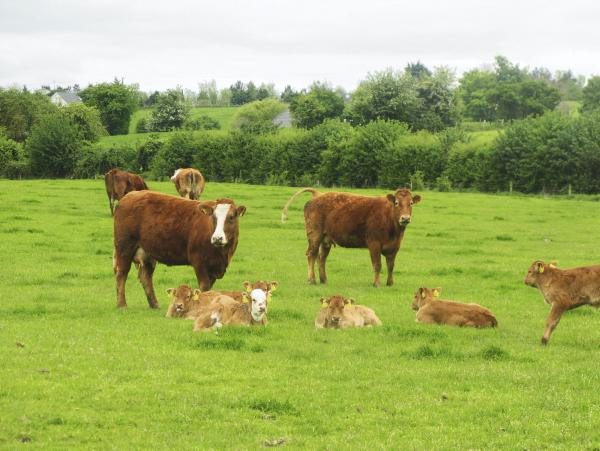
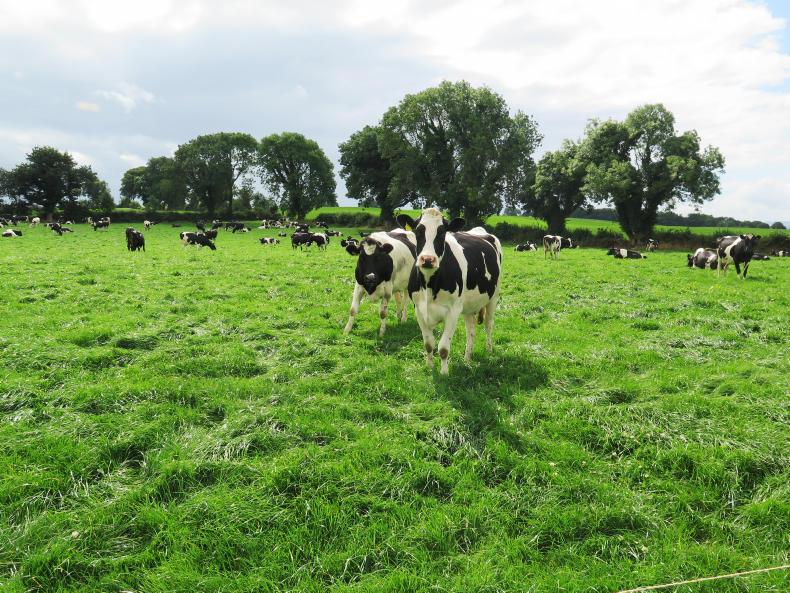

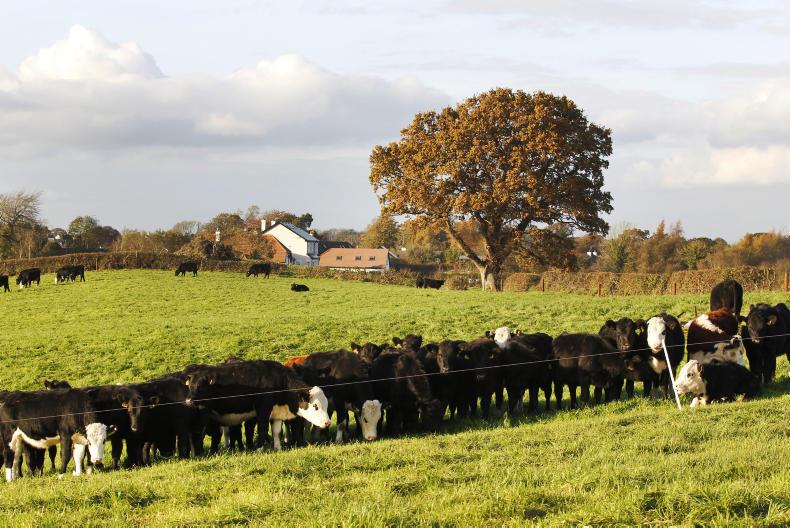
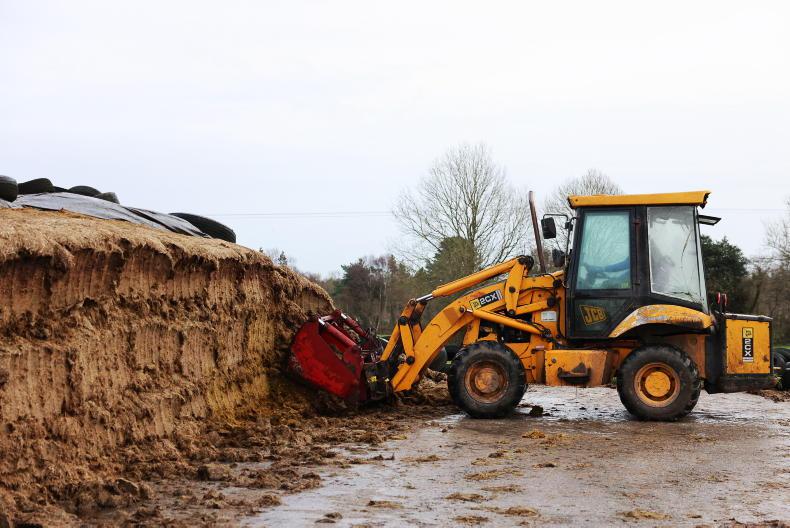
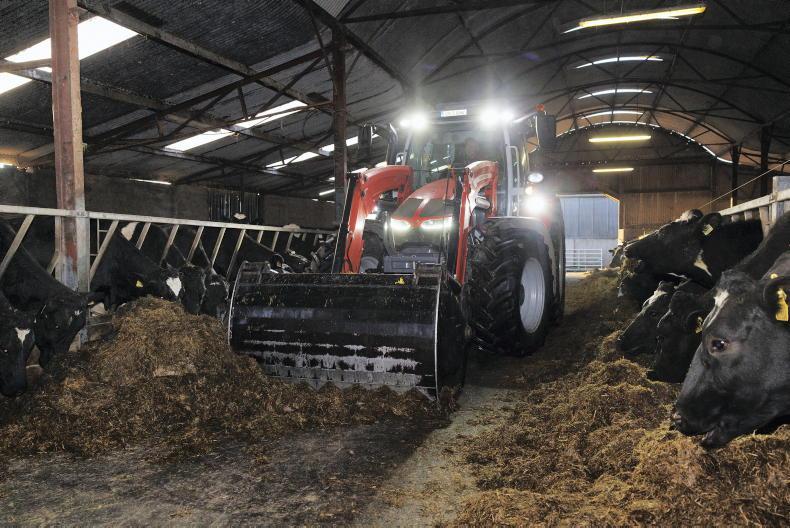
SHARING OPTIONS